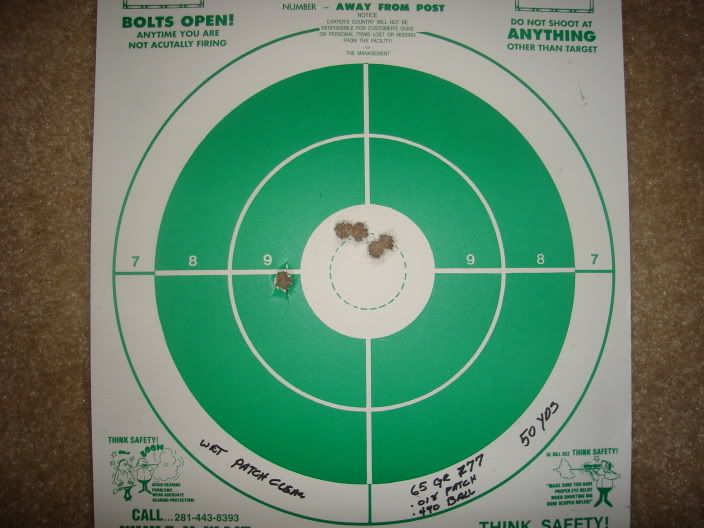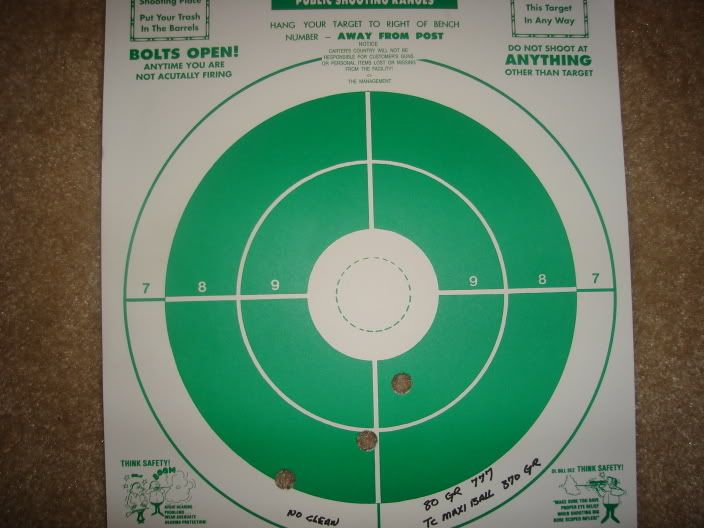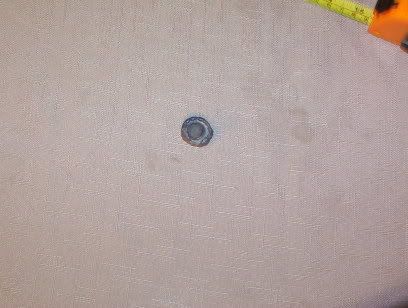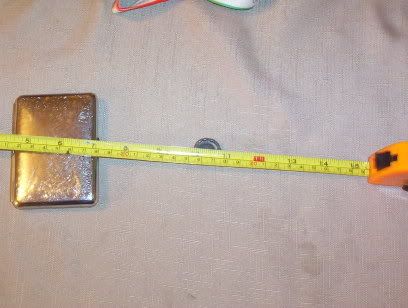"...do I need to re-zero it for a 375 grain connical..."
____________________________
Most definitely!
First off, your gun may not be worth a darn with a 375 grain conical bullet.
Each of these guns, even those made by the same company, have a load they like and a lot of loads they don't like.
The only way to find out the answer to this basic question is to buy some of the bullets you think you like and try them.
Now, for the zonie technical BS:
As for the effect of a 375 grain slug vs a (roughly) 180 grain roundball, with a 80 grain powder load the round ball will be traveling about 1570 FPS. A 370 grain MaxiBall with the same powder load will only be going about 1290 FPS.
Even though the slug will retain it's velocity much better than the roundball, the fact that it is traveling slower means it takes longer to get to the target.
This extra time results in it "falling" more while it is getting there.
Then on the other hand, because the slug is heavier the recoil is much more severe which means the barrel will rise more before the slug leaves the barrel.
Add these two facts of Physics together and you come up with the answer, which is: Dammed if I know. It will hit in a different place though. :rotf:
zonie










